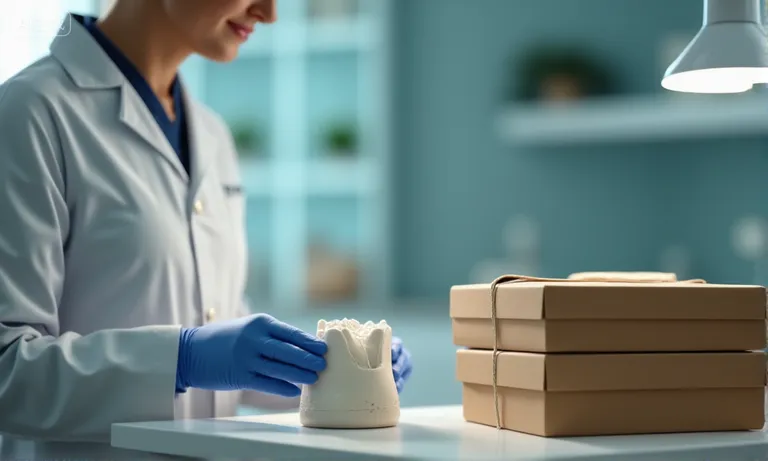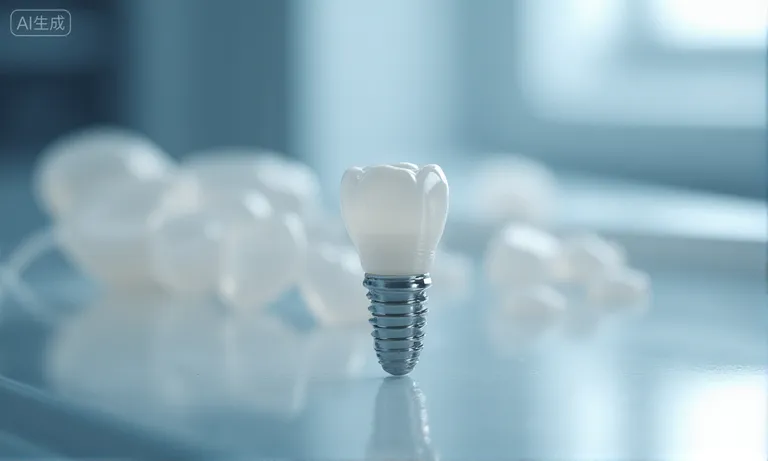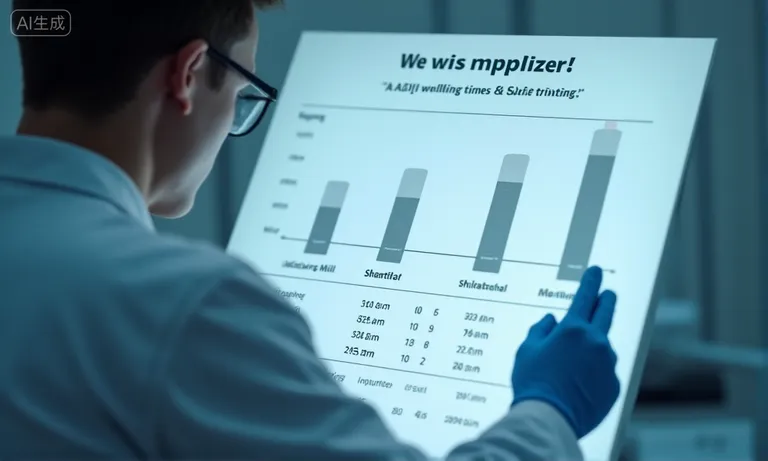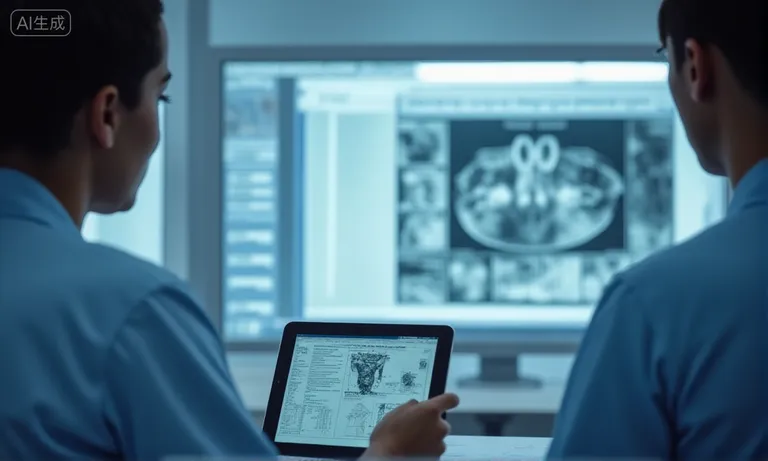3D printing delivers proven, measurable value in dental implant restorations, as demonstrated by real-world case studies. By solving pain points such as long turnaround times, high remake rates, and workflow inefficiencies, these cases show how digital integration and additive manufacturing transform implant delivery into a faster, more reliable process.
Key Evidence from Case Studies
- Precision & Stability: 3D-printed surgical guides and customized abutments improved accuracy, reduced errors, and strengthened long-term reliability.
- Workflow Efficiency: Digital integration streamlined planning and production, cutting delivery cycles from weeks to hours.
- ROI & Cost Control: Reduced remakes, minimized material waste, and faster production lowered costs while improving predictability.
- Partnership Confidence: Documented outcomes reinforced trust between clinics and labs, supporting scalable collaboration.
For procurement teams and dental labs, these results confirm that 3D printing is not just a technical upgrade but a tested solution. With clear ROI, lower risks, and stronger supplier partnerships, it provides a compelling case for action in building sustainable implant restoration workflows.
What Challenges Do Clinics and Labs Face Before Adopting 3D Printing?
Before adopting 3D printing, both clinics and dental labs faced recurring challenges that slowed implant workflows and strained collaboration. Long turnaround times, high remake rates, and the inherent limits of conventional milling or manual techniques often created inefficiencies and costs that affected the entire supply chain.

Dental-lab-traditional-workflow-challenges
Why do long turnaround times create scheduling and cost pressures in implant cases?
Traditional impression-taking and casting required clinics to ship materials overseas or across regions, with each step adding days to the timeline. Implant-supported crowns or bridges often took two to three weeks, creating scheduling bottlenecks for clinics. Delays forced practices to extend temporary restorations, add extra chair time, and adjust appointments repeatedly—all of which increased cost per case and reduced overall patient throughput.
How do high remake rates affect consistency and trust in lab–clinic collaboration?
Remake rates for conventional implant restorations were often higher than desired. Issues such as impression distortion, casting misfits, or milling inaccuracies led to repeat work, sometimes forcing entire prosthetics to be rebuilt. This inconsistency not only increased costs for labs but also undermined clinic trust. A U.S. DSO procurement manager noted that when remake rates exceed 10%, “the disruption becomes more about trust than money,” reflecting how workflow inefficiencies erode collaborative confidence.
What are the workflow limitations of conventional milling and manual processes?
- Complexity limits: Milling machines struggle with porous or intricate frameworks needed for full-arch cases.
- Labor intensity: Manual waxing and casting require highly skilled technicians and consume valuable time.
- Variability risk: Each manual step introduces the possibility of error, from impression pouring to polishing.
As case volumes increased, these limitations became harder to manage. For many procurement teams, the inability to guarantee predictable quality across multi-site implant programs was a major trigger to explore digital workflows and 3D printing.
Traditional implant workflows created predictable pain points: slow case delivery, inconsistent results, and strained lab–clinic trust. These challenges became the foundation for why clinics and labs started considering 3D printing as a scalable solution.
How Did 3D Printing Provide Solutions in Real Implant Cases?
3D printing addressed the core challenges of implant workflows by making placement more precise, restorations more stable, and treatment cycles significantly faster. Real-world cases show that digital workflows paired with additive manufacturing provide not just technical upgrades, but reliable solutions to long-standing clinical and laboratory problems.

Dental-3d-printing-implant-solutions
How did surgical guides improve implant placement accuracy and reduce risks?
Surgical guides produced via 3D printing are designed directly from intraoral scans and treatment planning software. By controlling angulation and depth, they reduce deviation during drilling and improve implant positioning. In one European DSO pilot program, printed guides cut intraoperative corrections by nearly one-third, lowering surgical risk and improving confidence in full-arch placements. This real-time precision translates into fewer complications and better long-term outcomes.
Why did customized abutments and frameworks ensure better long-term stability?
- Individualized fit: Abutments tailored to soft-tissue contours reduce micro-movement.
- Load distribution: Custom frameworks spread occlusal forces evenly across implants.
- Prosthetic alignment: Personalization minimizes stress points, lowering the risk of fractures.
Clinics adopting 3D-printed custom abutments consistently report fewer cases of peri-implantitis linked to misfit prosthetics, confirming that precision at the design stage strengthens long-term stability.
How did immediate restorations shorten treatment cycles and improve clinic efficiency?
A mid-size clinic in Brisbane faced growing wait times due to two-week lab cycles for implant crowns. Partnering with an overseas dental lab using 3D printing, they piloted immediate-load restorations. Instead of waiting for conventional casting, digital scans were transferred within minutes, and temporary crowns were printed and delivered in less than 48 hours. The clinic cut its average implant chair time per patient by 25% and freed additional scheduling slots—proving that immediacy not only satisfies patients but also drives operational efficiency.
What role did digital workflows play in minimizing manual errors and delays?
- File standardization: STL/CAD ensured designs were compatible across platforms.
- Automated transfer: Digital scans reached labs instantly, avoiding impression distortion or shipping delays.
- Integrated design: Shared CAD planning reduced miscommunication and minimized manual adjustments.
By digitizing every step, clinics and labs avoided cumulative errors common in conventional workflows, creating a foundation for predictable, repeatable results.
These cases highlight that 3D printing is not just about technology adoption—it is about solving real-world problems. As seen in collaborations with overseas partners like Raytops Dental Lab, the strength of digital workflows lies in how they address clinical precision, operational speed, and long-term implant stability simultaneously.
What Measurable Results Were Achieved Through 3D Printing?
3D printing has delivered measurable results in implant dentistry that extend far beyond anecdotal improvements. Clinics and labs adopting additive manufacturing have reported faster case delivery, fewer remakes, reduced material waste, and stronger long-term outcomes—all of which directly influence procurement decisions and ROI calculations.

Dental-3d-printing-measurable-results
How much faster were crowns, bridges, and abutments delivered compared to traditional methods?
| Prosthetic Type | Traditional Timeline | 3D Printing Timeline | Improvement |
|---|---|---|---|
| Single Crowns | 2–3 weeks | 48–72 hours | 70–80% faster |
| Multi-unit Bridges | 3–4 weeks | 4–6 days | ~65% faster |
| Custom Abutments | 2 weeks | 2–3 days | ~75% faster |
Such reductions in turnaround time directly improve scheduling flexibility for clinics and increase capacity for labs without requiring proportional increases in staffing.
Why did labs report fewer remakes and adjustments after adopting 3D printing?
Labs consistently observed lower remake rates after implementing digital workflows. In one European study, remake frequency dropped from nearly 12% under conventional casting to under 5% with 3D printing. For clinics, this meant fewer disrupted appointments; for labs, it meant less wasted material and technician time. These measurable improvements built stronger trust in lab–clinic collaboration.
How did digital fabrication reduce material waste and lower production costs?
- Additive efficiency: Only the required material is used, minimizing leftover waste.
- Streamlined labor: Fewer manual steps reduce technician hours spent per case.
- Cost predictability: Lower remake rates stabilize budgets for both labs and clinics.
Together, these benefits give procurement teams greater transparency in cost forecasting, making outsourcing partnerships more financially sustainable.
What evidence shows that improved accuracy supports long-term durability and predictable outcomes?
A North American multi-clinic group tracked implant restorations over three years. Cases supported by 3D-printed custom abutments had a survival rate exceeding 97%, compared to 91% for traditionally cast restorations. The improved fit reduced microgaps, which lowered biological complications and enhanced long-term stability. Such evidence demonstrates that precision at the lab level directly safeguards long-term clinical outcomes.
The measurable improvements in speed, cost control, and durability prove that 3D printing is not a “nice-to-have” but a performance-driven upgrade. For procurement teams, these numbers validate why partnering with an overseas dental lab experienced in digital workflows—such as Raytops Dental Lab—can deliver reliable, scalable value.
How Do These Case Studies Translate Into Long-Term Value for Procurement?
Case studies on 3D printing demonstrate more than one-time improvements—they show how measurable outcomes build long-term value for procurement teams. When clinics and labs see faster delivery, reduced remakes, and stronger durability, these results translate into sustainable trust and scalable partnerships.

Dental-lab-procurement-value-3d-printing
Why do proven results strengthen confidence in supplier partnerships?
Procurement teams depend on predictability when outsourcing implant cases. Demonstrated outcomes—such as shorter turnaround cycles and lower remake rates—prove that a supplier can consistently deliver at scale. This evidence builds confidence in long-term partnerships, where performance metrics carry as much weight as pricing. Clinics are more likely to renew contracts with labs that show measurable improvements rather than anecdotal claims.
How can evidence-based ROI reduce risks in selecting outsourcing labs?
- Cost transparency: Measurable reductions in material waste and labor hours make budgeting more predictable.
- Operational efficiency: Faster delivery cycles allow clinics to optimize chair time and patient scheduling.
- Risk mitigation: Data-driven outcomes minimize uncertainty in supplier performance, lowering procurement risk.
For procurement managers, ROI supported by case data reduces the guesswork in lab selection and strengthens internal justification for long-term outsourcing agreements.
What role does workflow consistency play in building sustainable collaboration?
A dental group in Canada partnered with an overseas lab to support its growing implant caseload. By integrating CAD/CAM workflows and relying on 3D printing for abutments and frameworks, the group achieved a steady 96% on-time delivery rate across multiple sites. This consistency reduced scheduling conflicts and helped procurement teams expand case volumes without adding staff. The case confirmed that workflow stability is as critical as speed or cost savings in ensuring sustainable collaboration.
For Raytops Dental Lab, these lessons are central to long-term partnerships. Acting as an overseas dental lab, the focus is not only on technology but on delivering consistent workflows, transparent ROI, and scalable reliability that procurement teams can depend on year after year.
Conclusion
Case studies show that 3D printing delivers more than incremental improvements in implant dentistry—it creates measurable value that clinics and procurement teams can depend on. Faster turnaround, fewer remakes, lower costs, and stronger long-term stability all demonstrate how digital workflows change the economics and reliability of implant restorations. For procurement, these results reduce risk and build confidence in outsourcing partnerships. As an overseas dental lab, Raytops Dental Lab focuses on turning proven outcomes into sustainable value by aligning technology, workflow consistency, and global delivery standards, helping partners grow with trust and predictability.


